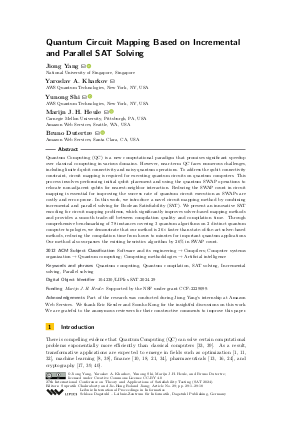LIPIcs.SAT.2024.29.pdf
- Filesize: 1.08 MB
- 18 pages

 Creative Commons Attribution 4.0 International license
Creative Commons Attribution 4.0 International license









































Feedback for Dagstuhl Publishing